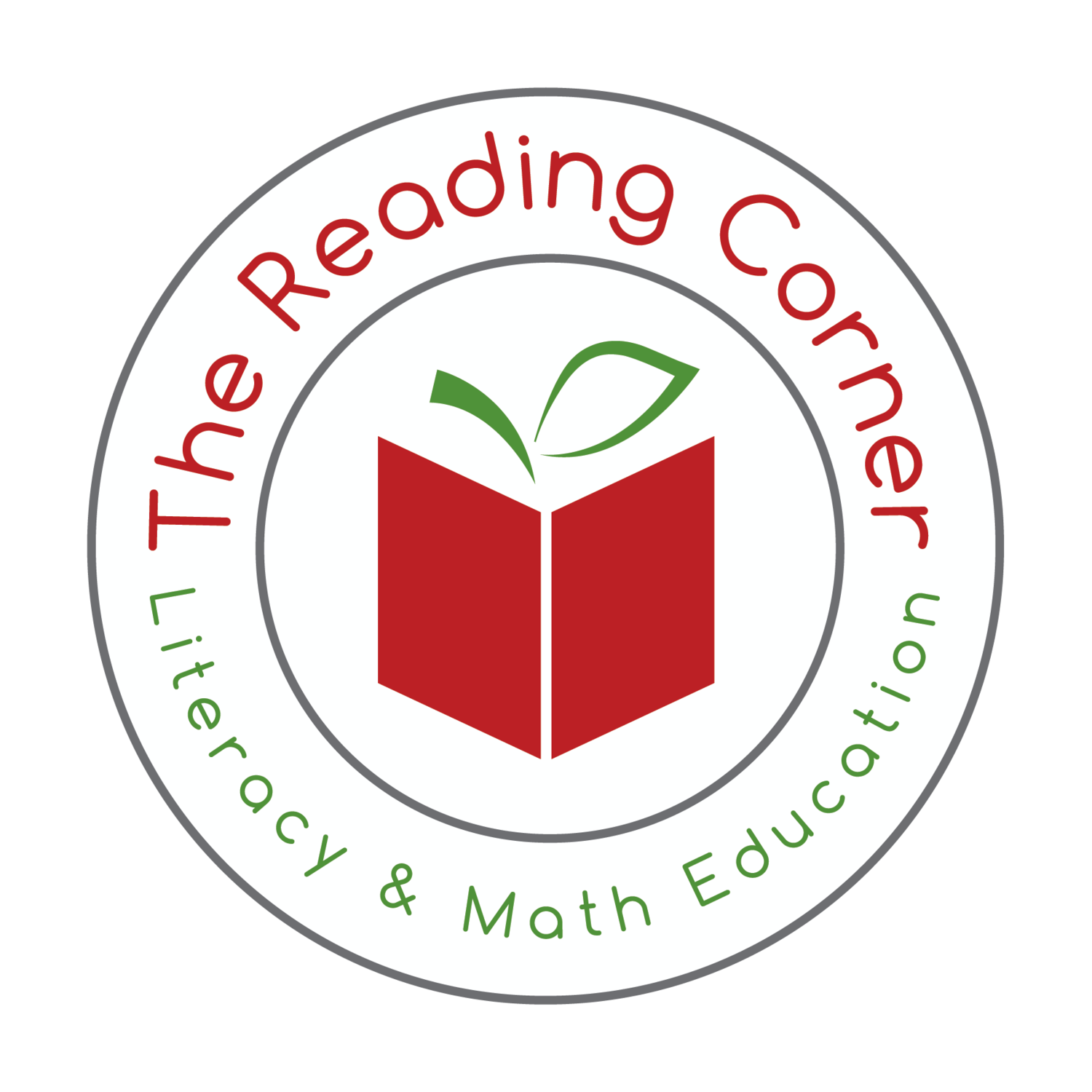Literacy Stories & Flip and Reads
When my first child turned three years old, he was an avid “reader" --meaning, he loved books. He loved to look at the pictures; say the words that he had memorized from our repetitive reads; and he loved collecting books. At that time, I was a Reading Coach who was just beginning to grasp the importance of early literacy.
From my experience as a Reading Coach, I knew it was extremely important to read with my child as much as possible. Also, I knew that exposing him to simple books that offered simple text and engaging pictures would set the stage for a passion for reading.
So, as a mother with little resources, I started to write my own stories. I would take pictures of our family, his favorite toys, inventions he created, and places we visited. Together, we would glue the pictures into stapled booklets, and I would write simple sentences to go along with the pictures. Sometimes, my son would tell me the words to describe the pictures, and I would write down his stories.
Several years later, the Literacy Stories were created to provide your emergent reader with a quality reading experience--without burning a hole in your wallet. The typical emergent reader starts their reading experience at a DRA A. The text in these books are simple and repetitive with three-four words.
The word that is not repeated is the word associated with the simple picture . This enables the child to practice a strategy known as Picture Clues. Also, Literacy Stories provide children the opportunity to learn concepts of print, one-to one word correspondence, vocabulary, and letter and sight word recognition – just to name a few. The text is simple, and the pictures are engaging.
As we created The Reading Corner curriculum, we sat down as a team and decided which sight words children should know; in what sequence they should be written; and how often we should introduce new words. Literacy Stories follow the Sight Word scope embedded in our yearlong curriculum. The sentence strands get a little longer as the stories develop.
There are many ways to utilize Literacy Stories:
- Model and practice good reading strategies
- Practice one-to-one correspondence
- Identify and practice specific sight words
- Practice retelling
Flip and Reads are another great resource to utilize when you practice reading strategies with your child. The Flip and Reads were developed through trial and error with my youngest child. He loved the Literacy Stories; however, trying to read the Literacy Stories in a bulky binder wasn’t conducive for car rides, doctor appointments, restaurants and our daily, on-the-go lifestyle.
Accordingly, I took our Literacy Stories and developed Flip and Reads. This allowed my son Jack, the youngest of our five children, to take a few books, a pointer, and his book chart wherever he went. The educator in me loved that he was creating a lifelong love for reading.
As well, I have found that the Flip and Reads are a tool that helps your child move from simple, repetitive books during the early reading stage to the more challenging emergent stage. For example, I began to notice that Jack would become somewhat dependent on the repetitive sentence strands. He would read the first few sentences and skim through the memorized sentences that followed.
So, one day I took apart the Flip and Reads and developed the next level of books. I put together a collection of six to ten cards, but each card had different sentence strands. The first time I gave one of the books to Jack he started reading like he always did. But when he went to the second card to read the same sentence that he had memorized, he stopped. He found that the sentence was different, so he really had to pay attention to the words. When he was forced to pay attention to the words, he began to develop good reading skills.
There are many ways to use Flip and Reads that reinforce the same concepts that Literacy Stories do but in a more condensed, travel-friendly way:
- Continue modeling and practicing good reading
- Find and practice specific sight words
- Mix them up and practice retelling


